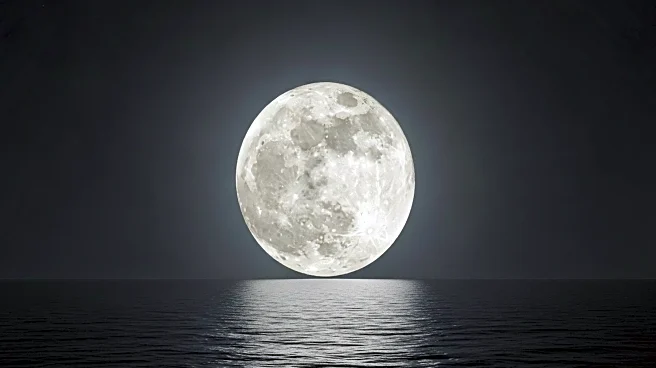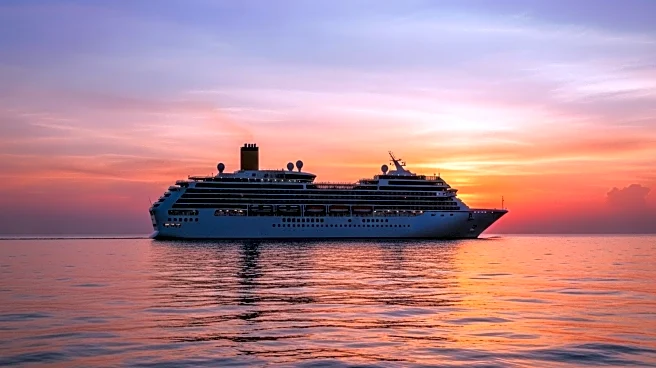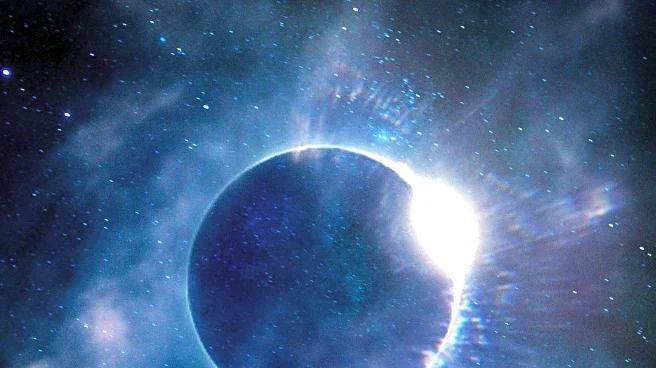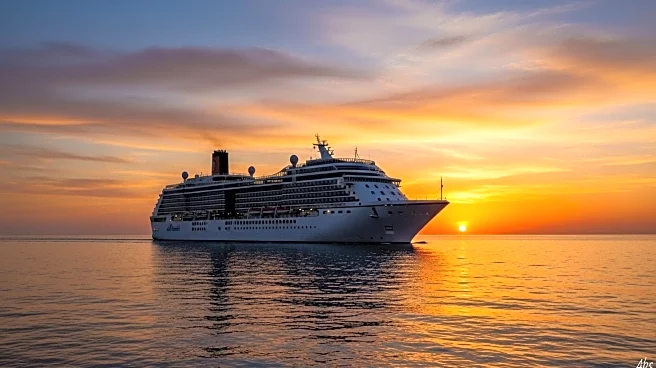What's Happening?
On July 22, 2028, a total solar eclipse will traverse a path across Australia and New Zealand, offering a rare celestial event for millions. This eclipse will be the first visible from Sydney since 1857 and will not occur again until 2858. The path of totality will cover iconic locations such as Sydney Harbour and the Australian Outback, promising over five minutes of totality in some areas. The event is expected to draw significant attention from eclipse chasers and the media, with the best viewing conditions likely in remote regions like the Kimberley and the Australian Outback, where clear winter skies are anticipated.
Why It's Important?
The 2028 total solar eclipse presents a unique opportunity for scientific observation and public engagement with astronomy. For Australia and New Zealand, the event is a chance to boost tourism and highlight their natural landscapes. The eclipse will also provide scientists with a rare opportunity to study the sun's corona and other solar phenomena in detail. For the general public, it offers a chance to witness a spectacular natural event, fostering interest in science and astronomy. The eclipse's path through major urban centers like Sydney ensures widespread visibility and media coverage, enhancing its cultural and educational impact.
What's Next?
As the date approaches, preparations for the eclipse will intensify, with plans for public viewing events and scientific expeditions. Authorities in Australia and New Zealand will likely coordinate efforts to manage the influx of tourists and ensure safety during the event. Scientists will prepare to conduct experiments and gather data during the eclipse, while educational institutions may organize programs to engage students and the public. The event will also prompt discussions on the importance of preserving dark skies and promoting astronomical research.










